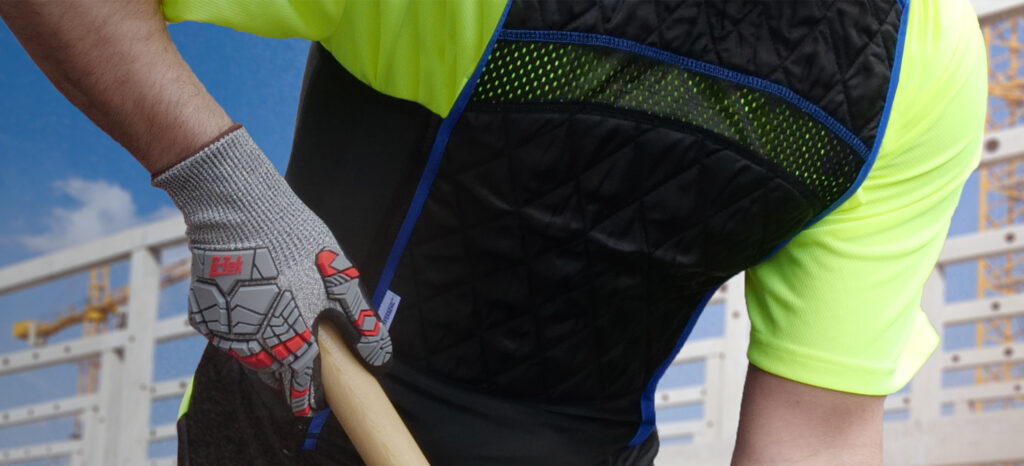
Incorporating PPE Products into your Heat Stress Management Program
While having water available to employees is good, water alone may not be enough to ward off dehydration – especially if some employees have high risk factors due to age, diabetes, high blood pressure, pregnancy, or obesity.
According to Kerry Schimelfenig, Business Development Manager, Protective Industrial Products (PIP), “A three percent increase in dehydration can slow reaction times, which is equivalent to having a 0.08 blood alcohol content; dehydration can seriously impair a worker’s ability if running heavy machinery or overseeing other critical processes in the plant.”
In addition to water, consider making available electrolyte-based drinks, such as THORTZ®, which provides electrolytes, amino acids, and B vitamins for improved hydration, concentration, and productivity.
Managing heat stress using Personal Protection Equipment (PPE) – e.g. apparel – depends on several factors, including your facility and its systems / production processes, the types of heat stressors that may negatively impact employees, and seasonal conditions.
PPE apparel choices include light-weight, breathable fabrics with evaporative technologies that wick away sweat. Ventilation netting in high heat stress areas, such as under the arms, allow for cross air flow and help keep people cool.
For very high heat areas, PPE apparel can accommodate cold packs, which evaporate over time. (If you participate in winter sports, you’re already familiar with warm packs that you can add to pockets, boots, etc.)
And, new technologies, such as wearables and apps, now allow workers and management to track heat stress and make adjustments accordingly.
If you’d like more information about incorporating cooling apparel and other items into your employee PPE program, visit Cloud 9 on evoproducts.com or contact your ISC representative for additional details and a product catalog.

